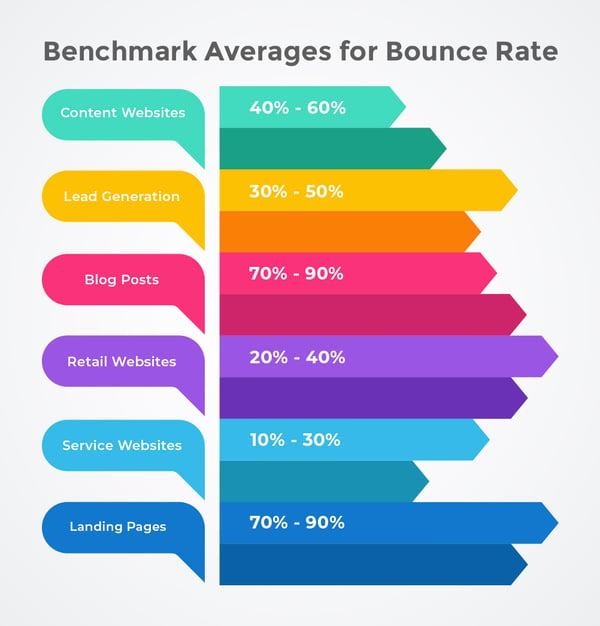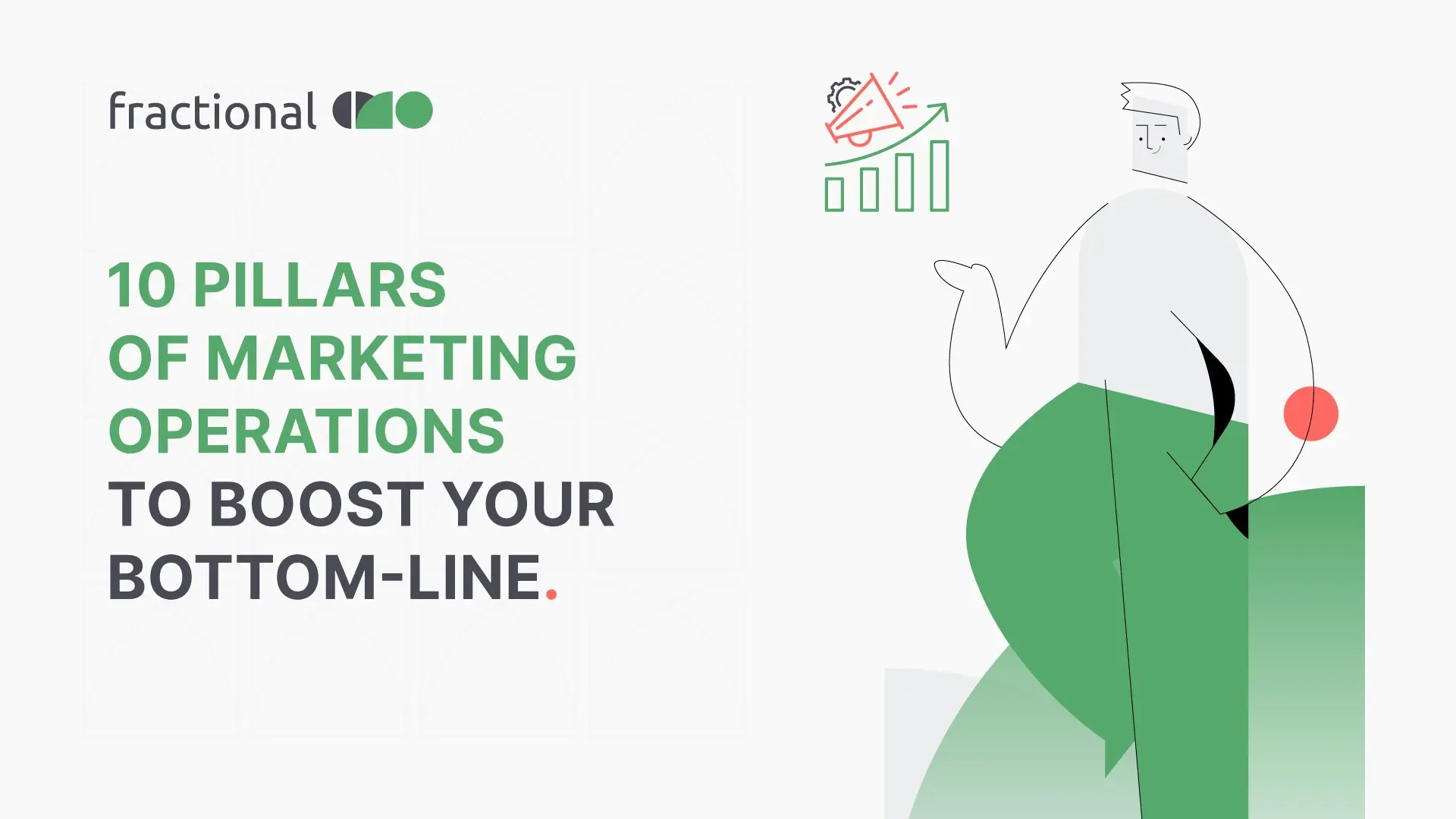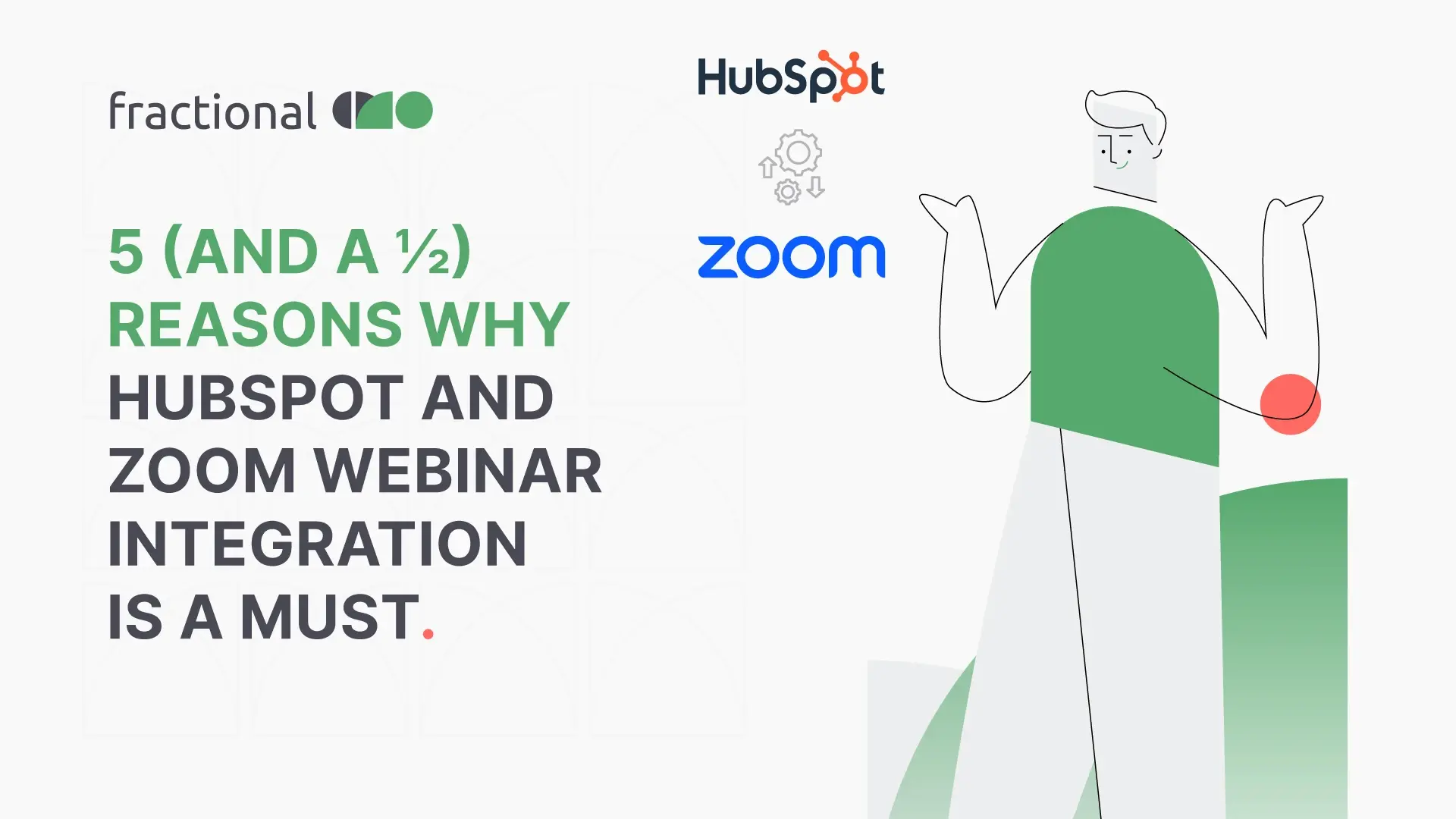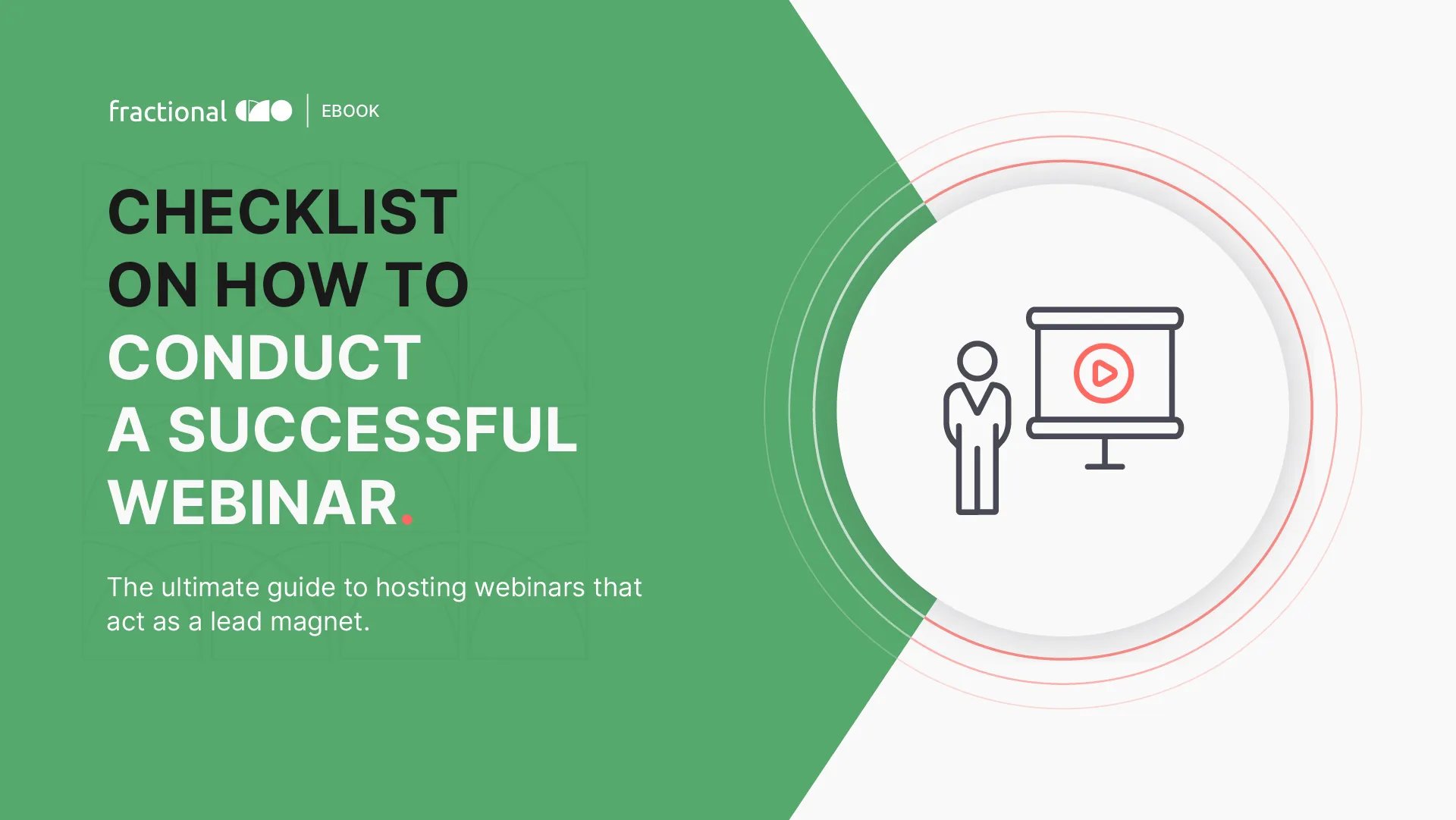Bounce and exit rate - Website metrics that matter

What is the best thing that can happen to a marketer, content writer, and web developer? It is to have a visitor navigating around their website by pouring through the pages, filling forms, clicking CTAs, and downloading resources. This kind of visitor engagement is a result of the tireless effort of marketers who conceptualize the content, content writers who Copywrite, and developers who code responsive pages. Not to forget the design team that enhances the look and feel of everything website.
But then, it ain’t that easy. The trio of marketing, content, and development teams have to face the duo of bounce and exit rate.
What is bounce rate?
A bounce happens when a visitor enters any page on your website and leaves without visiting other pages on the site. Bounce can be categorized into hard, medium, and soft bounces.
Visitors who have no interest in your website come under hard bounce. They almost immediately leave the website. Medium bounce visitors might show more engagement and stay for a couple of seconds on the website. They may not be the right target audience but can become one.
Soft bounce visitors are those who make a good fit for your products/solutions. They typically spend a considerable amount of time on the website but leave it as they couldn’t find what they were looking for. Poor navigation, slow load times, and confusing content can also lead to an increased bounce rate.
Bounce can happen in many ways such as closing the window, or typing a different URL among others.
How is bounce rate calculated?
The bounce rate is calculated by dividing the total number of web page visits by the total number of entries to a website.
Is there any good/bad bounce rate?
There is no general guideline that defines a good/bad bounce rate. HubSpot, with whom Fractional CMO has a silver partnership, has compiled a report which gives insights into approximate bounce rates by industry.
A glimpse of the values that bounce rate can have:
Source: HubSpot
How to reduce bounce rate?
Before we jump onto activities that reduce bounce rate, you must know another variant of bounce rate called Adjusted Bounce Rate.
Look, bounce rate is an important metric for any online marketer but it is a tricky one. If you consider the bounce rate in isolation, it might give very little information.
Let us take an example. If a visitor comes to your website looking for a contact number or address of your company, gets it in the footer of a homepage, and leave, will you consider that as a bounce? Or another visitor who quickly skims through your latest blog and closes the window - can you consider that as a bounce?
This is when you need to consider the Adjusted Bounce Rate that filters the unwanted bounce rates from your analytical data. You can set up an event wherein if a visitor spends a certain amount of time on a particular page, it should not be considered as a bounce. Example: If the average read time of your blog section is 120 seconds, you can set an event to trigger in the Google Analytics code section by editing the “setTimeout”.
With Adjusted Bounce Rate as the anchor, define an average time spent for each of the pages on your website. Take a look at the bounce rates later and identify the channel the traffic is coming from. You should then analyze whether you are attracting the wrong traffic or turning away relevant visitors due to poor navigation, content overload, website responsiveness, page load et al. Unattractive CTAs and banner blindness may also cause bounces.
If you are measuring the bounce rate for a landing page, you must deliver what is promised in your display ad. Well, the aforementioned reasons apply very well to the landing page too!
Exit rate
Often confused with bounce rate, Exit rate refers to visitors who have clicked away from your website after visiting any of the pages on your site. While the bounce rate deals with the first page a visitor enters, the exit rate refers to the last page.
Final Thoughts
Whether it is bounce rate or exit rate, you need to go from what (the visitors are doing what they are doing) to why. To make this leap, we leave you with three things you must consider:
- Heatmaps
- Session Recordings
- On-site surveys







